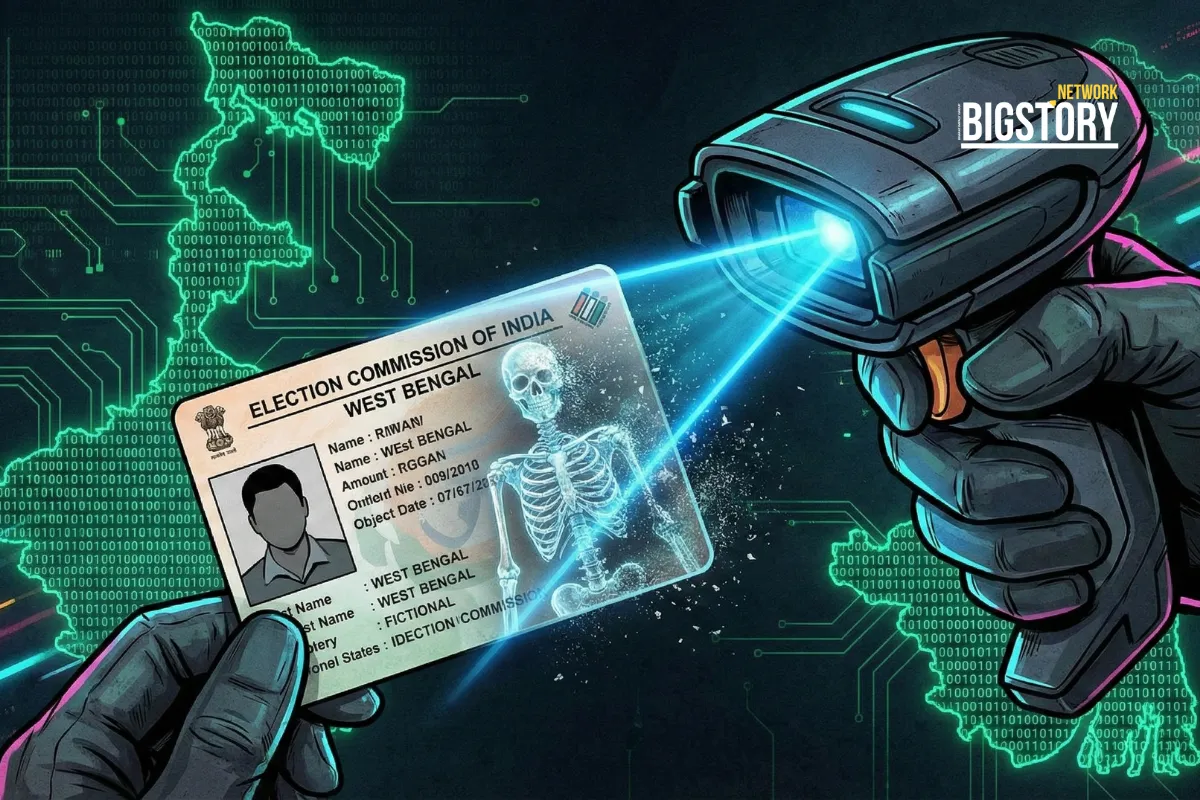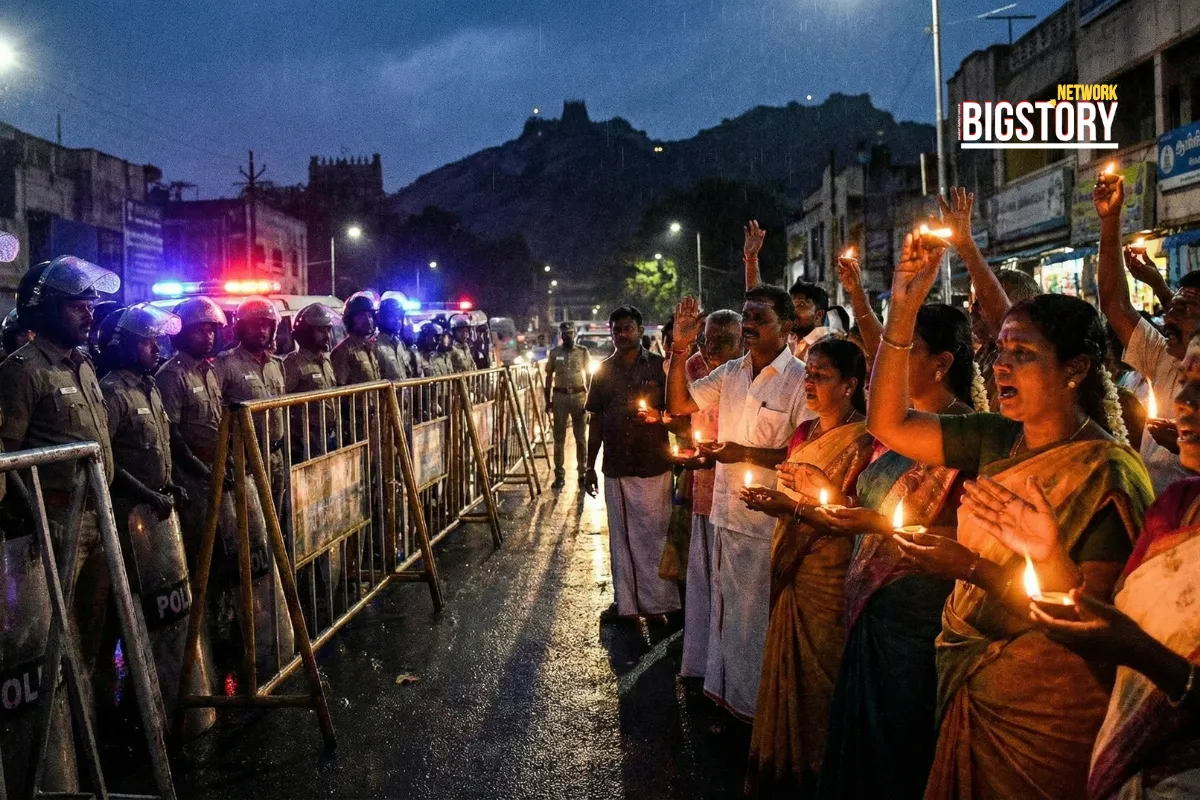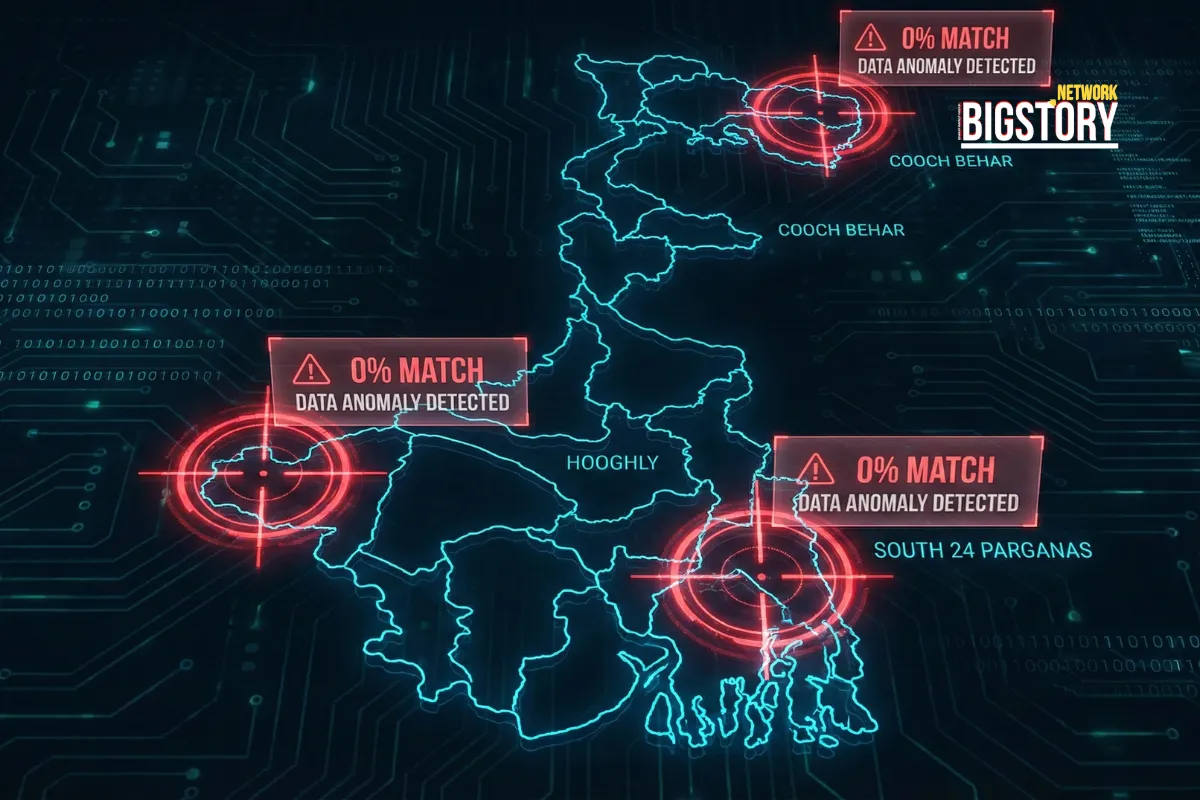The Supreme Court has dismissed West Bengal’s review plea against cancellation of 24,000 school appointments, leaving the mass recruitment voiding order intact and tightening compliance timelines.
 Manish Saini
Manish Saini
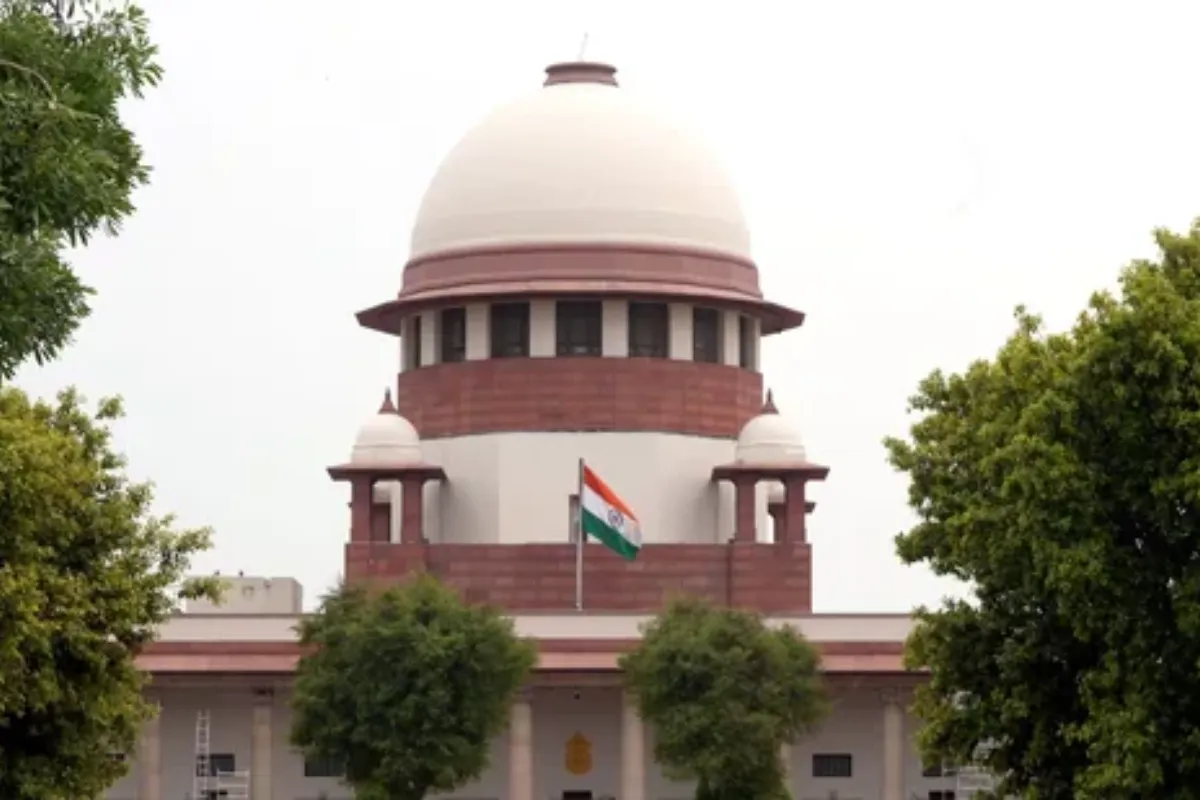
The Supreme Court has dismissed the West Bengal government’s review petition challenging the cancellation of 24,000 school appointments, a decision that cements the earlier judicial direction voiding the mass recruitment and places renewed pressure on state education authorities to complete compliance within stipulated timelines. The order, which follows months of litigation surrounding alleged irregularities in recruitment processes, signals the Court’s unwillingness to revisit the substance of its prior findings and reaffirms its emphasis on accountability, transparency, and procedural integrity in public appointments.
At its core, the dispute involved large-scale appointments to teaching and non-teaching posts facilitated through recruitment conducted under the aegis of the West Bengal School Service Commission (WBSSC) and associated bodies. Allegations that merit lists were manipulated, answer scripts tampered with, and appointments issued in violation of rules led to extensive judicial scrutiny. Multiple orders at the High Court level, and subsequently at the Supreme Court, examined records, audit trails, and investigative inputs that cumulatively painted a picture of systemic irregularities. The cancellation of 24,000 appointments emerged as a structural remedy designed to purge the process of taint and restore public confidence.
A review petition is an extraordinary remedy in India’s appellate structure, permitted under Article 137 of the Constitution and governed by the Supreme Court Rules. The threshold for success is deliberately high: the petitioner must show an error apparent on the face of the record or present material that could not have been produced earlier despite due diligence. The Court’s dismissal of the State’s plea suggests it found no such patent error or new, decisive material. In effect, the Supreme Court has confirmed that the legal and factual matrix underpinning the earlier cancellation remains sound.
For the state government, the dismissal narrows available legal options. Curative petitions remain a theoretical possibility but are granted only in the rarest of rare cases to prevent gross miscarriage of justice. Curatives require demonstrating profound procedural violations affecting the integrity of the judicial decision-making process. Given the Court’s reiteration of its stance via review dismissal, expectations for curative relief would be modest at best. Practically, the focus now shifts from courtroom strategy to disciplined execution of the Court’s directives.
The immediate implications are significant for four stakeholder groups:
Compliance will hinge on a transparent, time-bound roadmap. Typical steps include: publishing a detailed list of cancelled appointments; instructing drawing and disbursing officers on cessation of salaries; notifying schools and district education offices; and setting out a schedule for fresh recruitment. The latter must be preceded by a comprehensive audit of recruitment systems, from question bank security and evaluation protocols to digital architecture that prevents tampering and ensures traceability.
The Supreme Court’s stance is part of a broader judicial trend: prioritizing the integrity of competitive examinations and public appointments. In recent years, courts have taken a more muscular approach to paper leaks, answer-script manipulation, and collusion, preferring systemic remedies—such as cancellation and retests—over piecemeal corrections when contamination is widespread. This reflects an institutional judgment that public faith in merit-based selection is foundational; allowing even a portion of tainted appointments to stand risks normalizing shortcuts and eroding trust.
From a legal process perspective, review dismissals also serve a signaling function. They tell lower courts, administrators, and litigants that the Supreme Court intends its earlier reasoning to be final and operative, limiting space for delay through iterative filings. In the present matter, that signal translates into an expectation that the State will not only comply but do so with clarity and speed, minimizing uncertainty for schools and affected employees.
Going forward, the State can pursue mitigation within the contours of the Court’s framework. That may include:
For candidates preparing to enter the system afresh, the opportunities and the scrutiny will both be higher. Expect tighter verification of credentials, enhanced identity checks at exam centers, CCTV coverage, encrypted question delivery where feasible, and public release of anonymized merit list methodologies. While these measures may feel onerous, they are a direct response to the failures that precipitated mass cancellation.
There is also a human dimension that policy must address. Thousands of families now face income uncertainty; schools face staff shortages; administrators confront operational overload. Clear public communication—frequently updated FAQs, helplines, and district-level nodal officers—can limit rumor and panic. Predictability in timelines matters: announcing the calendar for fresh recruitment, with interim classroom support plans, will help schools plan syllabi and students retain continuity.
Critics of mass cancellations often argue that collective punishment harms those who may have secured posts on merit without wrongdoing. The counterargument the Court has repeatedly endorsed is that when contamination is systemic, individual disentanglement becomes unreliable; the only way to restore legitimacy is to reset the process. The fairness owed to all aspirants—past, present, and future—thus outweighs the hardship caused by a reset, harsh as that may be in the short term.
In administrative best practice, the aftermath of such judgments is a chance to build back better. That means codifying lessons into standard operating procedures, training recruitment personnel, deploying technology with checks and balances, and empowering independent oversight committees that include external experts. The metric of success is not merely the absence of scandal in the next cycle, but the presence of verifiable integrity that withstands audit and public scrutiny.
In sum, the Supreme Court’s dismissal of West Bengal’s review petition solidifies the cancellation of 24,000 school appointments and shifts the spotlight to swift, transparent compliance and durable reform. The ruling underscores a principle that has become a lodestar for public recruitment: when in doubt, protect the process, because the credibility of the process is what ultimately protects everyone—the state, the schools, the deserving candidates, and the students whose futures hinge on a classroom staffed by educators chosen on merit and law.

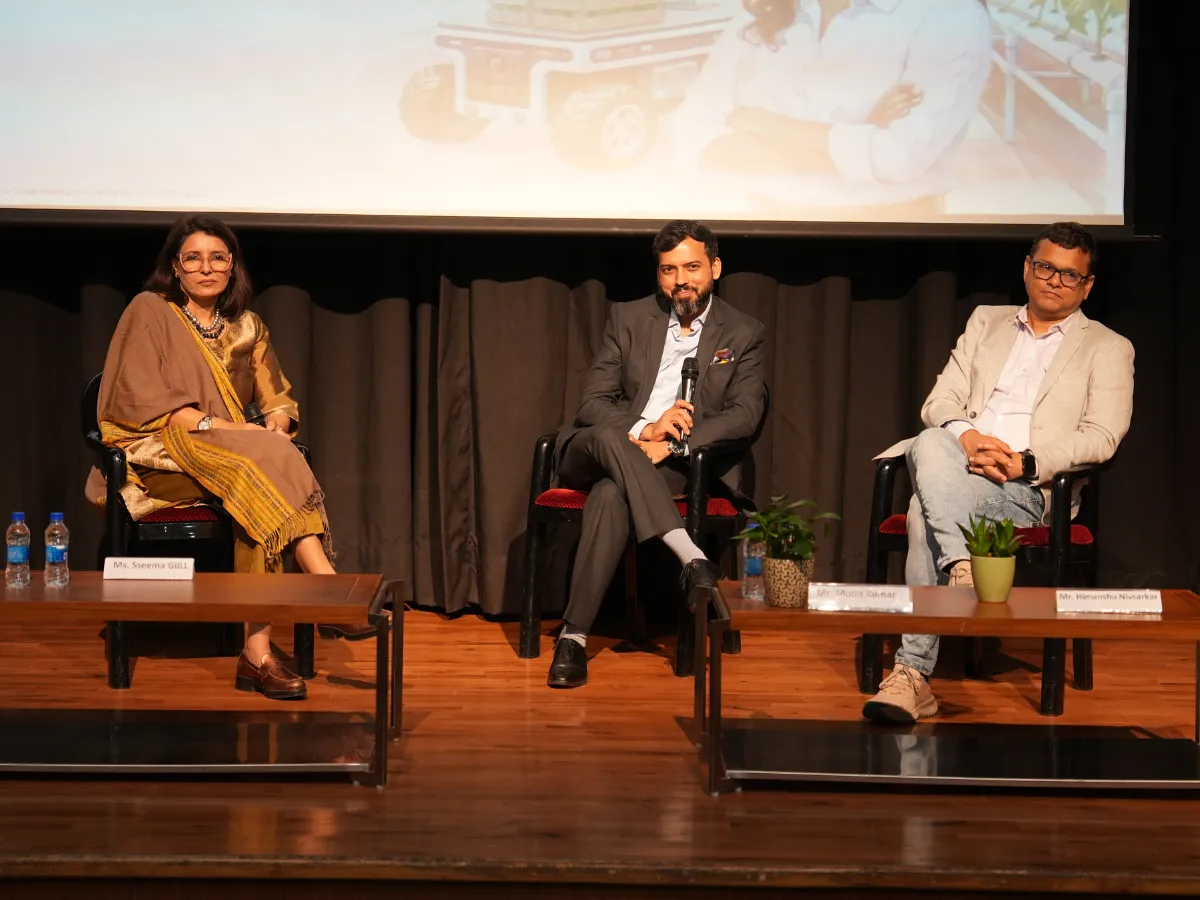




Sign up for the Daily newsletter to get your biggest stories, handpicked for you each day.
 Trending Now! in last 24hrs
Trending Now! in last 24hrs
